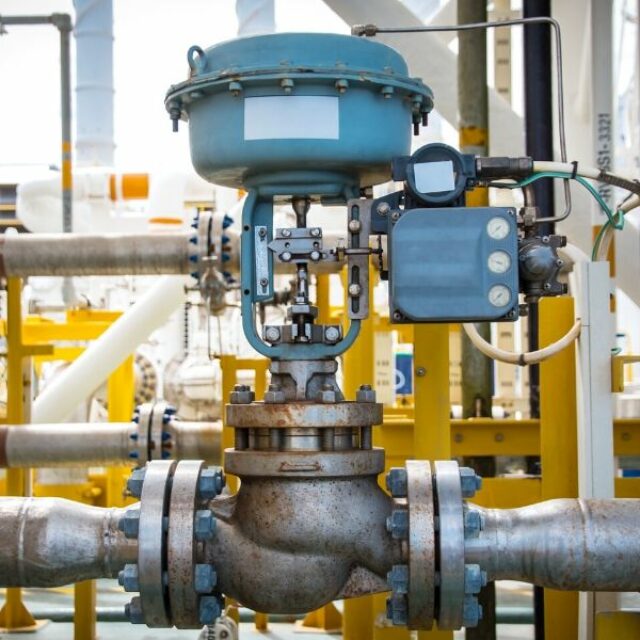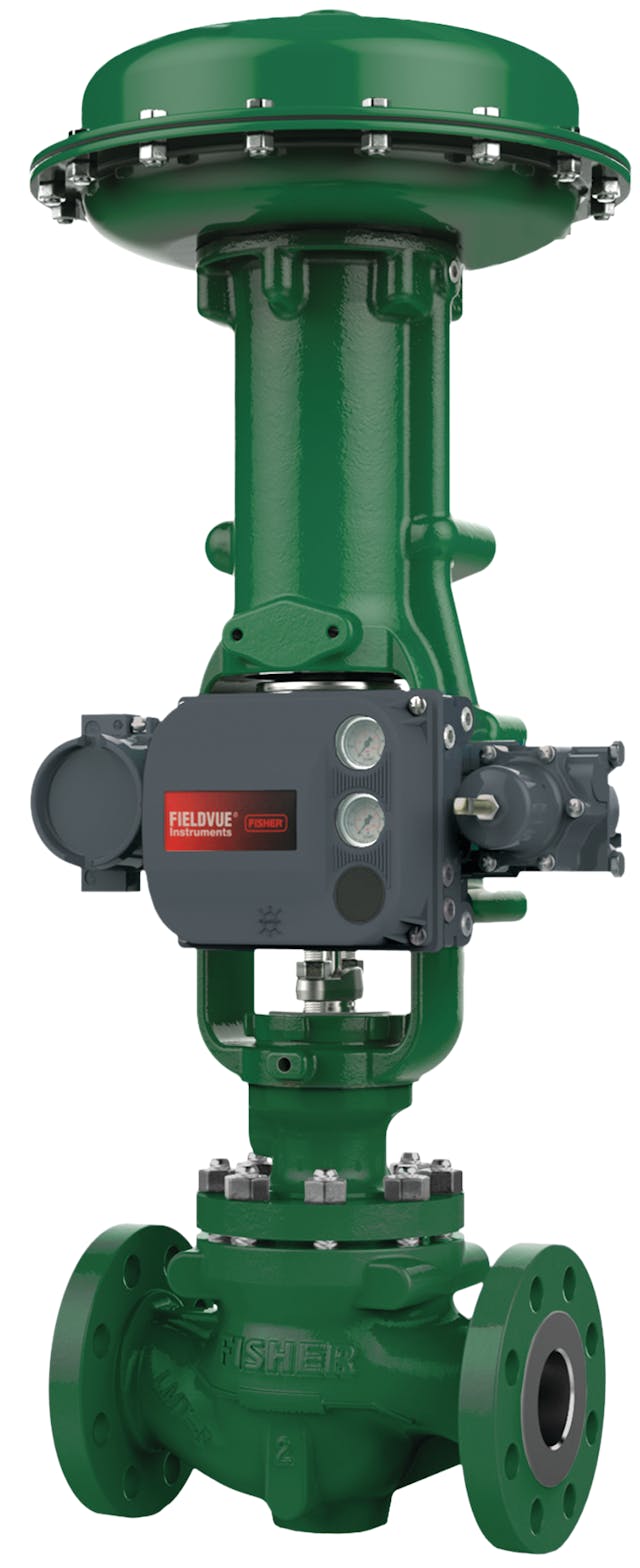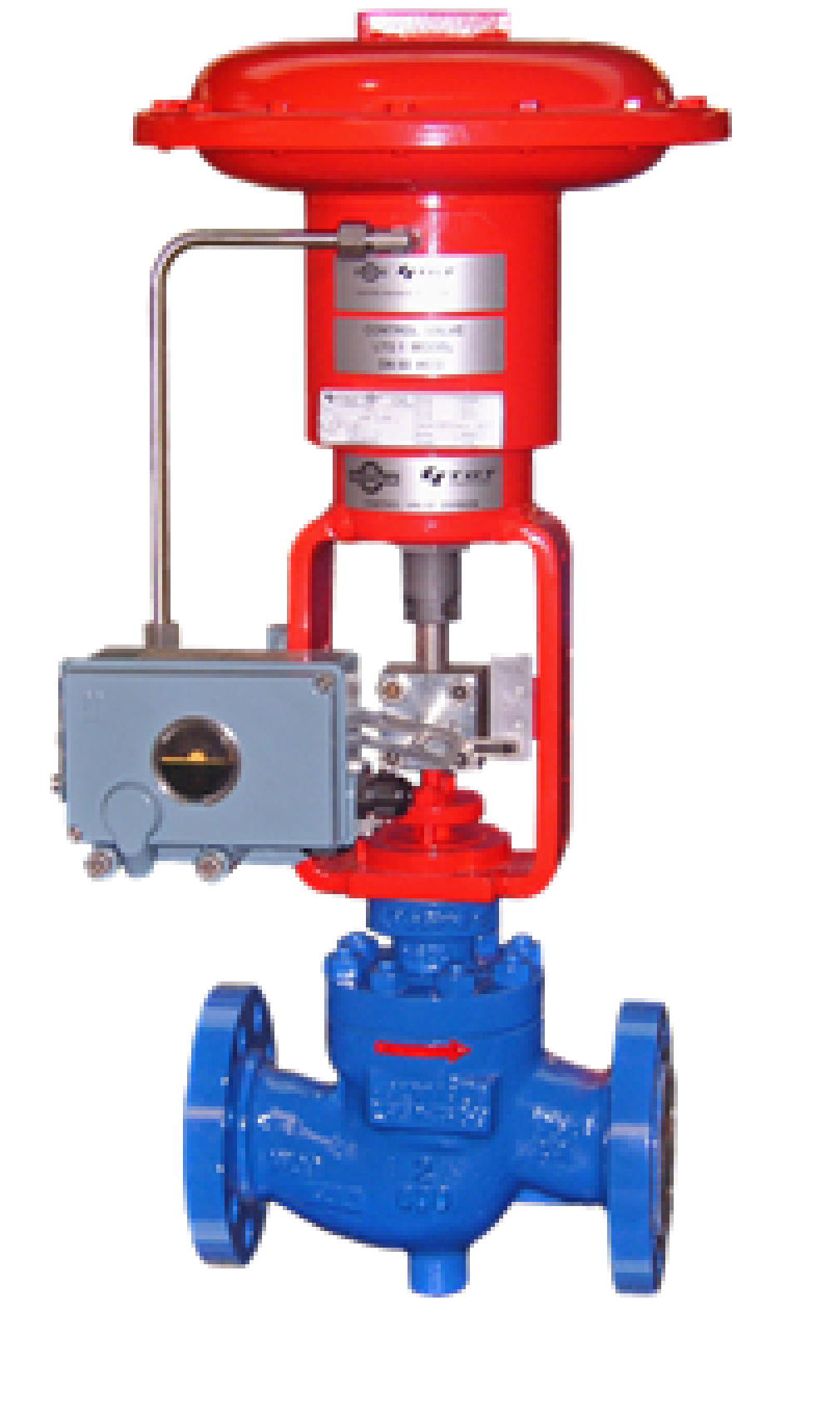The Function of Control Valves in Liquid Flow Monitoring Solution
The Function of Control Valves in Liquid Flow Monitoring Solution
Blog Article

Maximize Energy Savings and Convenience With Advanced Structure Automation Controls
In the world of contemporary style and facility monitoring, the combination of advanced structure automation regulates stands as a crucial development. The convergence of technology and sustainability has actually birthed a brand-new era where energy performance, comfort optimization, and functional streamlining are no longer achievable facts yet far-off ambitions. By utilizing the power of automation, buildings can adjust, react, and advance in methods that were as soon as unbelievable. The capacity for considerable power financial savings and enhanced convenience is not simply an assurance however a possibility waiting to be fulfilled. This standard shift in structure monitoring holds the vital to unlocking a globe where environmental conscientiousness and occupant wellness harmoniously exist together within the walls of our structures.
Energy Effectiveness Conveniences
Power performance benefits can dramatically minimize energy consumption and operational expenses in structures. Energy-efficient systems, such as advanced building automation controls, can optimize the usage of resources like air conditioning, lighting, and home heating, leading to reduced power expenditures over time.
Additionally, enhanced energy effectiveness can prolong the lifespan of structure devices and systems. By running extra effectively, cooling and heating systems, lighting fixture, and various other structure parts experience much less wear and tear, resulting in decreased maintenance and substitute expenses. Furthermore, energy-efficient buildings typically command greater building values and rental rates, providing long-term financial advantages to owners.
In addition, energy efficiency can enhance owner comfort and efficiency. Properly controlled indoor environments with ideal lighting and thermal conditions create a more pleasant and conducive workspace, causing boosted staff member complete satisfaction and efficiency. In general, the energy effectiveness advantages connected with sophisticated structure automation controls are diverse, encompassing expense savings, ecological stewardship, and occupant well-being.
Boosted Comfort Control
Enhancing comfort control in building settings requires an advanced assimilation of innovative automation systems for optimum occupant wellness. By making use of sophisticated building automation controls, centers can tailor the interior atmosphere to fulfill the details needs and preferences of passengers. control valves.
Enhanced convenience control exceeds standard temperature level modifications. It consists of attributes such as individualized setups, tenancy sensors, and natural light use to create a vibrant and responsive setting. By incorporating these advanced controls, buildings can not only boost comfort yet additionally enhance power efficiency by maximizing system procedures based on actual occupancy and usage patterns. Inevitably, focusing on resident convenience with sophisticated automation systems results in an extra satisfying and healthier indoor setting.
Functional Efficiency Improvements

Furthermore, the implementation of real-time tracking and analytics devices makes it possible for building drivers to identify energy inefficiencies and operational anomalies quickly. By constantly monitoring energy use patterns and system performance metrics, changes can be made in real-time to maximize power consumption and make special info certain peak functional performance. control valves. Additionally, including demand feedback techniques right into structure automation controls can better boost functional efficiency by dynamically readjusting energy use based on grid conditions and prices signals
Indoor Climate Optimization
Effective interior environment optimization is an essential facet of building automation controls, making certain passengers' comfort and wellness while making best use of energy cost savings. By making use of advanced sensors and controls, building automation systems can constantly check and readjust temperature, humidity levels, air top quality, and ventilation to create an optimal interior setting. Keeping constant and comfy conditions not only improves passenger fulfillment yet also boosts performance and general well-being.
Indoor environment optimization likewise plays a critical function in power performance. By fine-tuning cooling, home heating, and air flow systems based on real-time data and occupancy patterns, constructing automation controls can considerably minimize power usage - control valves. For instance, executing strategies such as demand-controlled air flow and thermal zoning can aid minimize energy waste while making certain that each location of the structure gets the necessary conditioning.

Lasting Setting Creation
Building automation manages not just enhance interior environment problems for energy efficiency and passenger convenience but also lay the foundation for creating a lasting atmosphere via tactical monitoring of systems and sources. By integrating sophisticated building automation technologies, such as sensors, actuators, and smart software application, facilities can adjust and keep an eye on power use in real-time to reduce waste and lower their carbon footprint. These systems make it possible for anticipating upkeep, identifying potential problems prior to they escalate and enhancing tools efficiency to boost long life and efficiency.
Furthermore, sustainable atmosphere production extends beyond energy administration to include water conservation, waste decrease, and interior air top quality improvement. Structure automation controls can control water usage, discover leaks, and ensure appropriate waste disposal techniques, contributing to total sustainability efforts. Additionally, by controlling and monitoring ventilation and purification systems, these modern technologies improve occupant wellness and efficiency while reducing power consumption related to cooling and heating operations.
Conclusion
In final thought, progressed building automation manages offer considerable advantages in terms of energy savings, convenience control, functional efficiency, interior environment optimization, and producing a lasting atmosphere. By implementing these controls, structures can achieve ideal performance while minimizing energy intake and improving owner comfort. It is obvious that using advanced automation technology is essential in enhancing structure performance and developing an extra sustainable future.
Energy efficiency benefits can considerably reduce energy consumption and functional costs in structures. On the whole, the energy effectiveness benefits associated with sophisticated building automation controls are multifaceted, including expense financial savings, ecological stewardship, and passenger health.
In addition, including need action techniques into structure automation controls can further enhance functional performance by dynamically adjusting power use based on grid conditions and rates signals.
Building automation regulates not just maximize indoor climate problems for energy efficiency and occupant convenience but additionally lay the structure for producing a lasting setting with strategic administration of resources and systems.In conclusion, progressed structure automation regulates deal substantial advantages in terms of power savings, comfort control, functional performance, interior climate optimization, and creating a sustainable environment.
Report this page